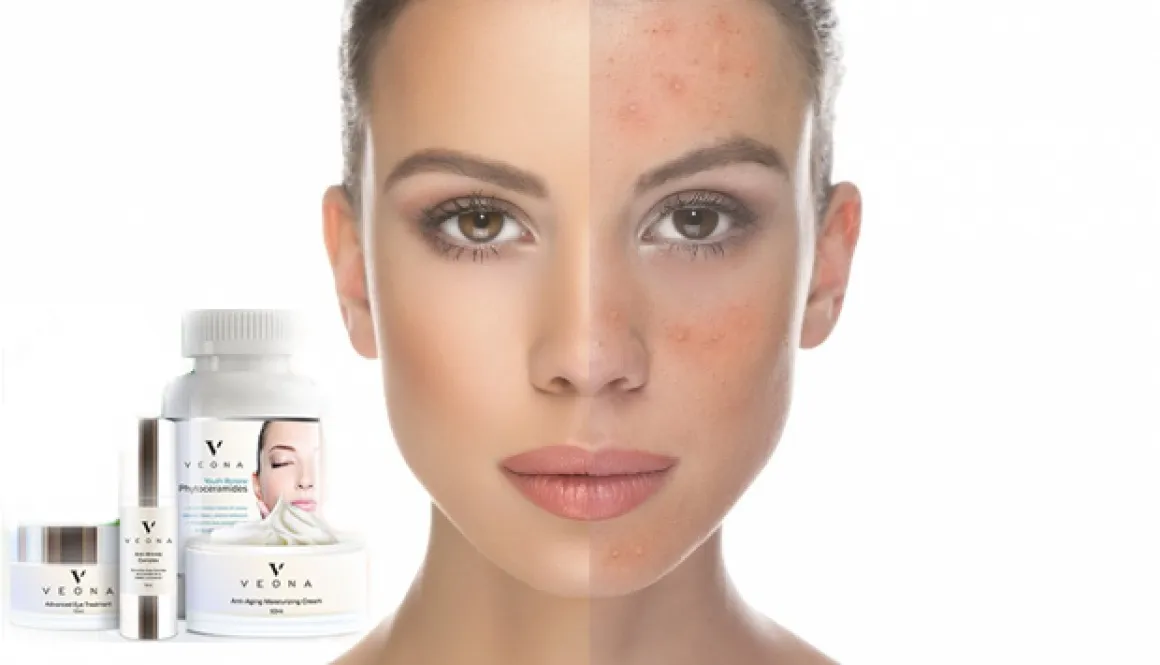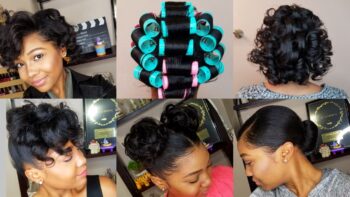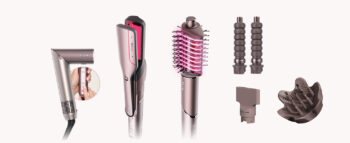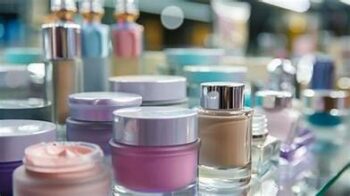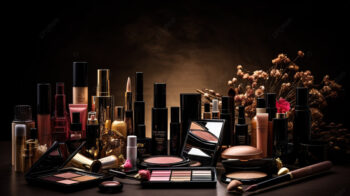1 Irritation and Redness
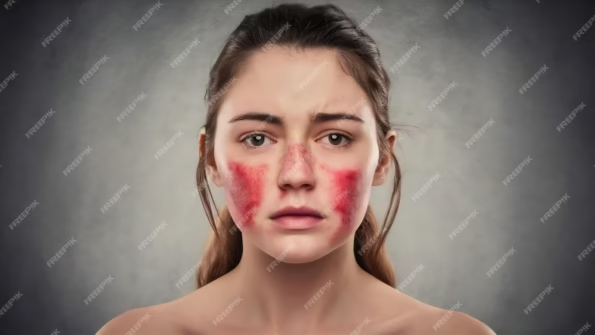
Irritation and redness are among the most common side effects caused by beauty creams, especially for individuals with sensitive or reactive skin. These reactions often occur due to harsh ingredients such as synthetic fragrances, alcohol, essential oils, or active compounds like alpha hydroxy acids (AHAs) and retinoids. When applied, these substances can disrupt the skin’s natural barrier, leading to symptoms like burning, stinging, itching, or visible red patches. In some cases, the irritation appears shortly after use, while in others, it may develop over time with continued application. To reduce the risk of irritation, it’s important to patch-test new products, choose creams labeled as “fragrance-free” and “for sensitive skin,” and avoid layering multiple active ingredients at once. If irritation does occur, the best approach is to discontinue use immediately and soothe the skin with calming ingredients like aloe vera, centella asiatica, or niacinamide. Persistent or severe redness should be evaluated by a dermatologist to rule out allergic reactions or underlying skin conditions
2 Allergic Contact Dermatitis
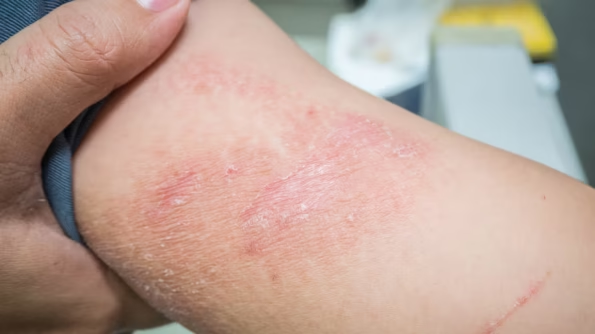
Allergic contact dermatitis is a delayed skin reaction that occurs when the immune system overreacts to a specific ingredient in a beauty cream. Unlike simple irritation, which can affect anyone if a product is too harsh, allergic dermatitis only affects people who have developed a sensitivity to a particular substance. Common allergens in creams include fragrances (both synthetic and natural), preservatives like parabens or formaldehyde releasers, lanolin, and botanical extracts such as tea tree oil or lavender. Symptoms typically develop hours to days after application and may include redness, intense itching, swelling, flaking, or even blistering. The affected area may also become dry and cracked over time. Once sensitized, your skin may react to even small amounts of the allergen. The best way to manage allergic contact dermatitis is to identify and avoid the triggering ingredient. Patch testing by a dermatologist can help pinpoint the allergen. Treatment often involves stopping use of the product, using soothing creams like those containing hydrocortisone or barrier-repair ingredients, and keeping the area clean and moisturized to support healing.
3 Clogged Pores and Breakouts
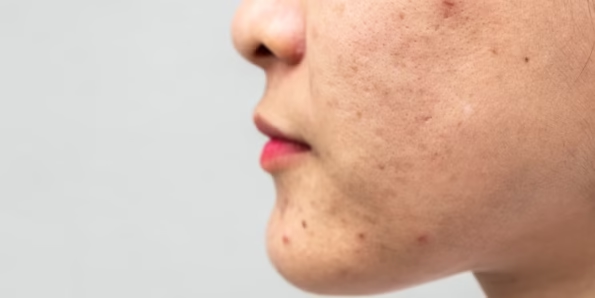
Clogged pores and breakouts can occur when beauty creams contain ingredients that are too heavy or oily for your skin type, leading to the buildup of sebum, dead skin cells, and bacteria. This buildup can block pores and result in the formation of blackheads, whiteheads, and acne. Comedogenic ingredients—such as coconut oil, lanolin, and certain silicones—are often the culprits, especially in products not labeled “non-comedogenic” or “oil-free.” People with oily or acne-prone skin are particularly vulnerable, but even those with normal or dry skin can experience breakouts if a product isn’t well-suited to their needs. Additionally, over-moisturizing or layering too many products can suffocate the skin and worsen congestion. To prevent clogged pores, it’s important to choose lightweight, non-comedogenic creams and avoid thick, occlusive formulas unless your skin truly needs them. Keeping a consistent skincare routine that includes gentle cleansing, exfoliation, and oil balance can also help minimize breakouts related to cosmetic use.
4 Dryness or Peeling

Dryness or peeling from beauty creams often results from the overuse of active ingredients that disrupt the skin’s natural moisture barrier. Ingredients such as retinoids, alpha hydroxy acids (AHAs), beta hydroxy acids (BHAs), and even some forms of vitamin C are highly effective for skin renewal but can be too harsh if introduced too quickly or used in high concentrations. This can lead to flaking, tightness, rough texture, or visible peeling—especially in individuals with dry or sensitive skin. In some cases, the skin may also appear red or feel sore to the touch. To minimize dryness, it’s important to start slow with potent actives—using them only a few times a week and gradually increasing frequency. Pairing these ingredients with a rich, hydrating moisturizer containing ceramides, hyaluronic acid, or glycerin can help maintain skin balance. Avoiding harsh cleansers and using lukewarm water instead of hot can also support the skin barrier. If dryness persists, take a break from actives and focus on barrier-repair products until your skin feels healthy and resilient again.
5 Photosensitivity
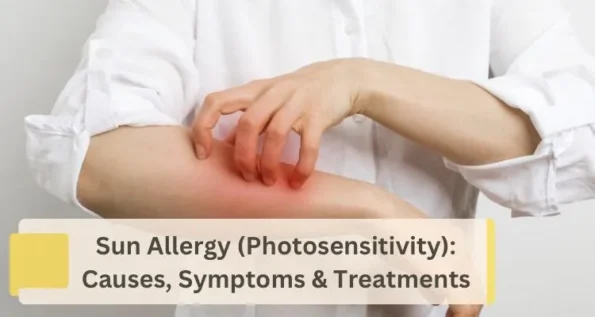
Photosensitivity is a heightened sensitivity to sunlight that can occur when certain ingredients in beauty creams make the skin more vulnerable to UV damage. Common culprits include retinoids (like retinol and tretinoin), alpha hydroxy acids (AHAs), beta hydroxy acids (BHAs), and even some botanical extracts like citrus oils or St. John’s Wort. When these ingredients are applied to the skin, they can thin the outer layer or increase cell turnover, reducing the skin’s natural defense against UV rays. As a result, even brief sun exposure can lead to redness, irritation, sunburn, or long-term hyperpigmentation. To protect your skin, it’s essential to use these products only at night or follow them with a broad-spectrum sunscreen of SPF 30 or higher during the day. Wearing protective clothing and avoiding direct sun exposure during peak hours can also help. If you notice increased sensitivity, burning, or discoloration after sun exposure, stop using the product temporarily and focus on calming and protecting your skin with soothing moisturizers and sunscreen.

